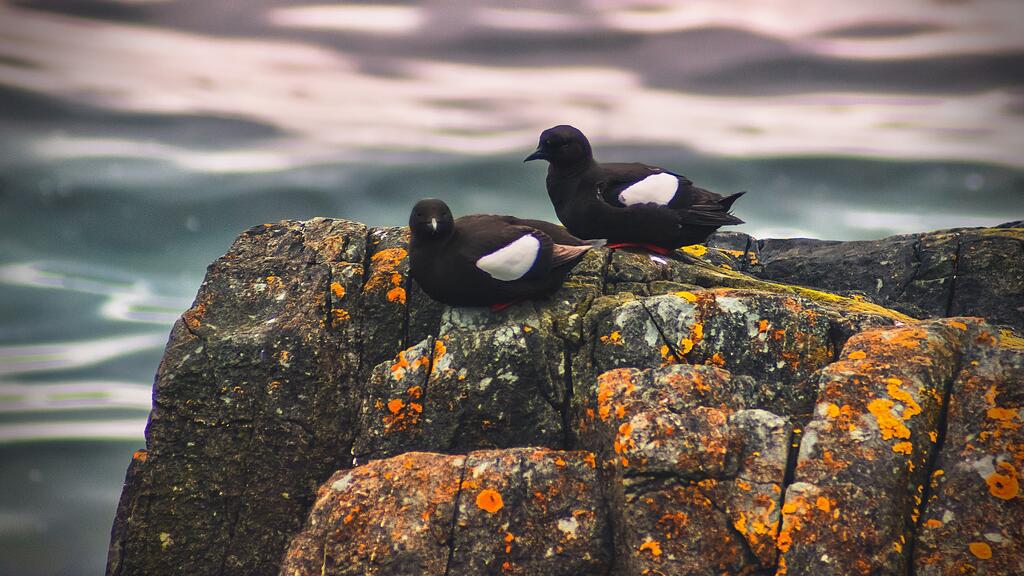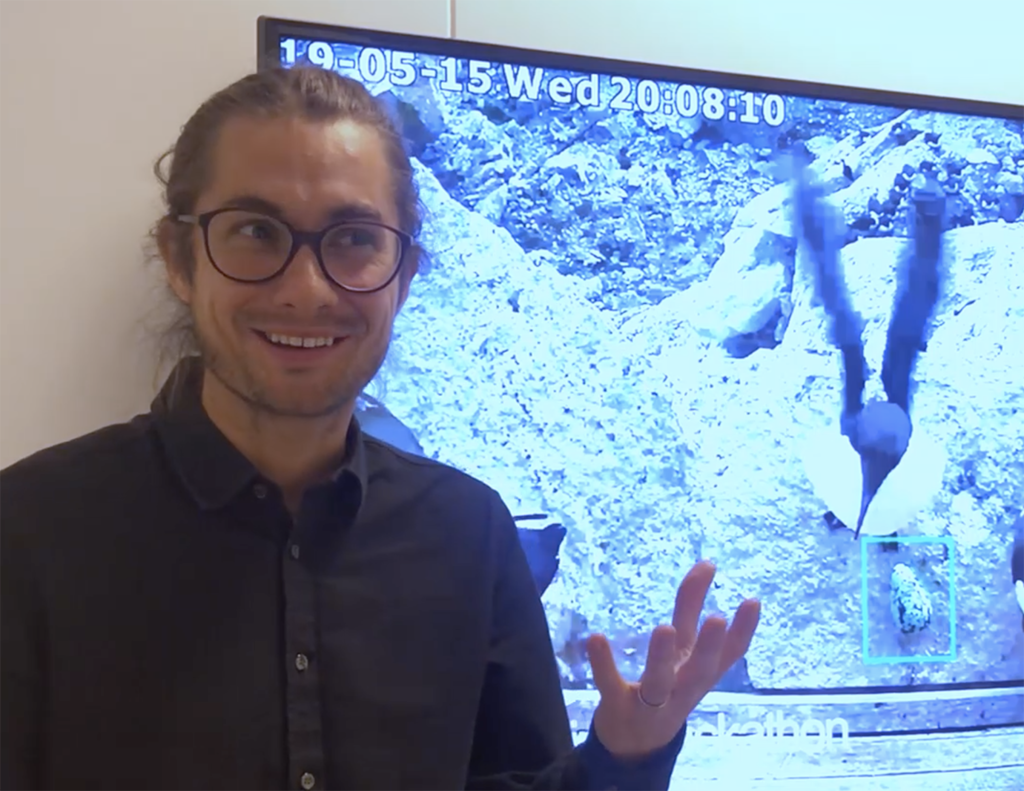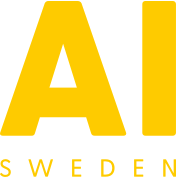The first results of the Baltic seabird hackathon are in!
In November, AI Innovation of Sweden together with WWF (World Wide Fund for Nature) and SLU (Swedish University of Agricultural Sciences) organized a hackathon aimed at studying the behavior of guillemots, and was designed to gather information on the nutritional status of the Baltic Sea. This was documented on video over a long period of time and the preliminary results are now in: “We understand that the behavior of the birds is a lot more complex than we previously thought,” says Jonas, scientist from SLU.

The research study was based on filming the guillemots for 2,000 hours on a cliff at Stora Karlsö on Gotland in the spring of 2019 in order to acquire knowledge about the sensitive ecosystem of the Baltic Sea. All the data collected was analysed by several teams at the hackathon. The guillemots that are high up in the food chain revealed a lot in their behaviour, such as particular disorders and needs.
We talked to Jonas Hentati-Sundberg, a scientist from SLU, who participated and produced the video material together with WWF. He explains that they have been focusing on two elements since then, one of which concerns the scientific use of the methods that were formulated by the teams. They are working intensively with this and have been tweaking the algorithms. The second element is to develop citizens’ own scientific ideas, which means that general observers can offer their individual interpretations.
Jonas says that the filmed material is open to the general public to study:
“One of the tasks of the hackathon was to formulate an interface to make it more enjoyable and more attractive for the general public to interact with our researchers to acquire knowledge about the birds. We have a live stream on our website which anyone can view in order to see the birds bickering, gathering food and other activities. We use the data that comes in to help AI to develop.”
He goes on to say that the results they have discerned to date reveal that the behaviour of the birds is much more complex than previously thought:
"We’ve been able to realise this by starting out with much more data material than was previously possible. Earlier, we observed a bird shelf for one day and calculated the result using average values, but now we can follow individuals at a detailed level which gives us a completely different understanding. In the past, we could see how things decreased or increased, for example how many fish were brought onto the shelf, but soon we’ll be able to see how things develop over time and analyse the results."
What is the outlook for the future? What could this lead to in the long term?
"It is beyond doubt that this technology will help us to understand new dimensions of the life of the birds. I’ve been studying these birds for close to 20 years. We receive a wealth of information about the behaviour of the birds every minute, and we can link things together, see individual variations and the impacts they have. If a storm should blow up for example! What happens then? We can see everything."
"One challenge we still face is the demanding analysis work of the video recordings. Several months of filming is required to get a few weeks’ worth of material, but faster technology means that we get immediate feedback which generates a plethora of questions. "
The hackathon not only resulted in valuable data being collected, but also in a new recruit for AI Innovation of Sweden’s team. Sheetal Reddy, with a background as a research engineer at Siemens, is AI Innovation of Sweden’s new data scientist as of a few weeks ago. Sheetal was part of the winning team from the hackathon, who will now be focusing primarily on the Datafactory project.


